TAKE-OFF/TOUCH-DOWN
March 2, 2020 – April 7, 2020
How is Concordia at the forefront of aerospace?
During the Take-off/Touch-Down programming, 4TH SPACE invited researchers, students, professors, external collaborators and the public to explore the contemporary realities, challenges, and advancements of aerospace, aviation, and space.
The main questions we considered reflect on mobility, drones, and the human factors of aviation, as well as green, sustainable aviation, women in aerospace and what’s next in Space research at Concordia.
For the duration of the programming, visitors stopped by to soar through the interactive installations built with equipment brought straight from research labs and our industry partners. 4TH SPACE housed drones, planes, composite materials, and elements related to space and aerospace history, including a teaching model cockpit, courtesy of Dr. Rodrigues (Professor, Electrical and Computer Engineering), an in-flight eye-tracking simulator from Dr. Johnson (Professor and Chair, Psychology), an array of model planes from the Society of Automotive Engineers (SAE), and an ambular drone developed by the staff from the International Civil Aviation Organization.
ARCHIVE
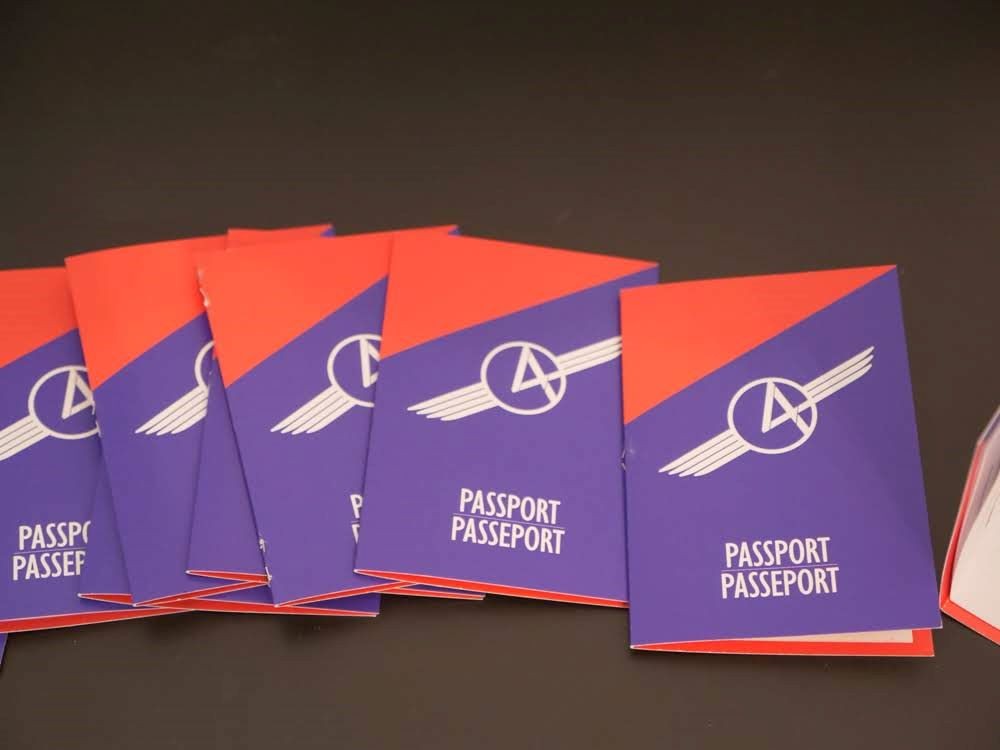
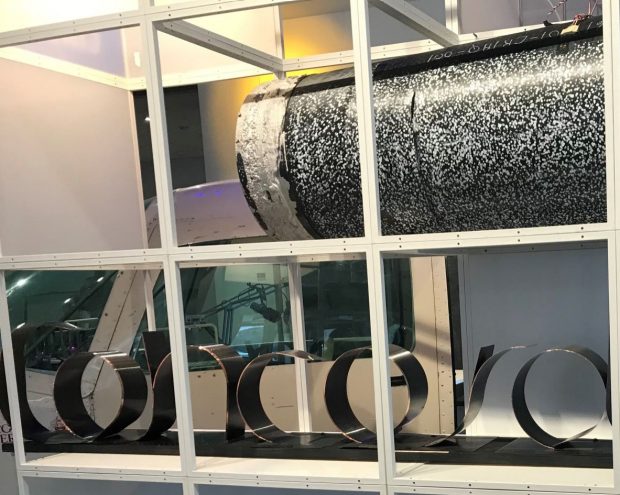
Composite materials
The Concordia Centre for Composites (CONCOM) focuses on researching polymer, metal, and ceramic matrix composites. Here, you can see part of a helicopter tail boom sample made out of carbon fibre after it has been tested.
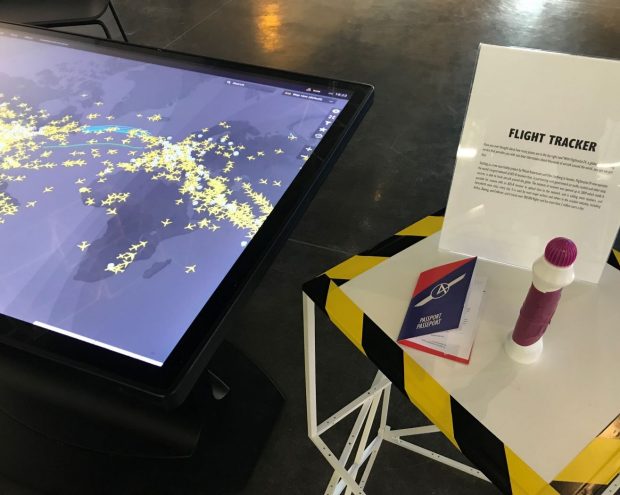
Flightradar24
Flightradar24, a two man hobby project by Mikael Robertsson and Olov Lindberg in Sweden, is a global flight tracking service providing you with real-time information about thousands of aircraft around the world.
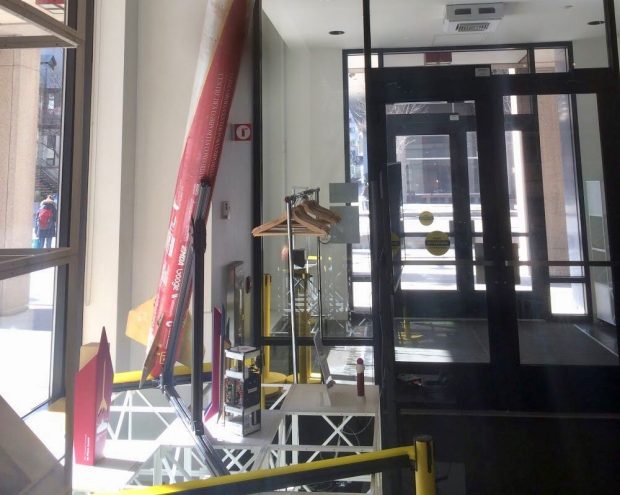
Space Concordia
Space Concordia is Concordia University’s student-run space agency. They complete technical space missions, engage the public in STEM learning, and use their space expertise and outreach activities to inspire others to get involved in space. This is the Supersonice rocket they created in 2018.
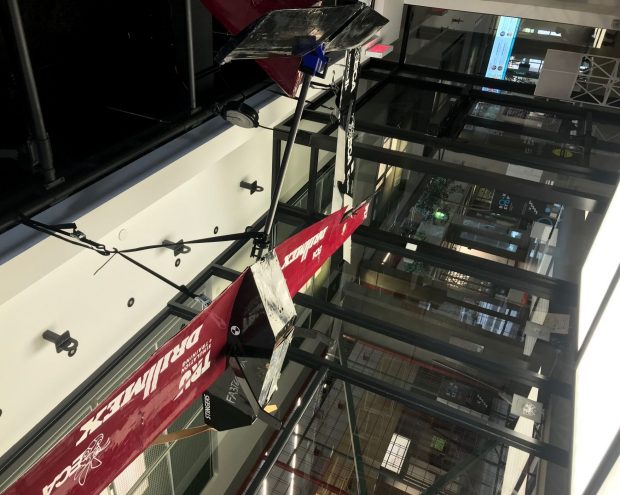
SAE Aero
Concordia is home to a chapter of the Society of Automotive Engineers (SAE), which is split into five teams; combustion, electric, baja, supermileage and aero. The radio-controlled aircrafts at 4th SPACE have competed in races in 2013, 2019, and 2020.
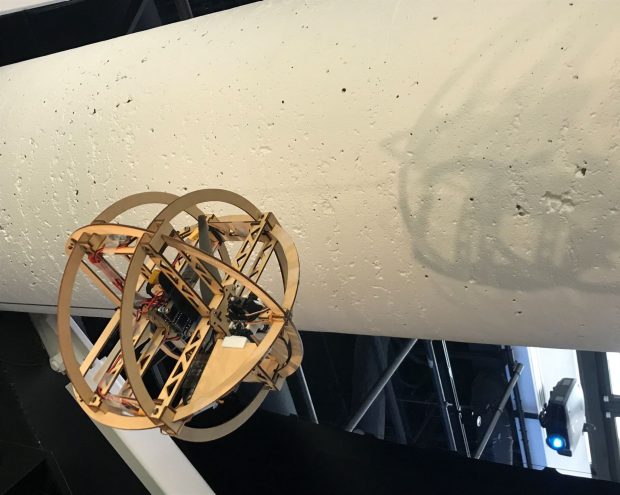
Spherical drone
UAV Concordia created the spherical drone in collaboration with a graduate student on March 1st 2018. It is the prototype for a theoretical control system in which mini unmanned aerial vehicles (dones) would be controlled by airflow deflection instead of the traditional thrust differential.
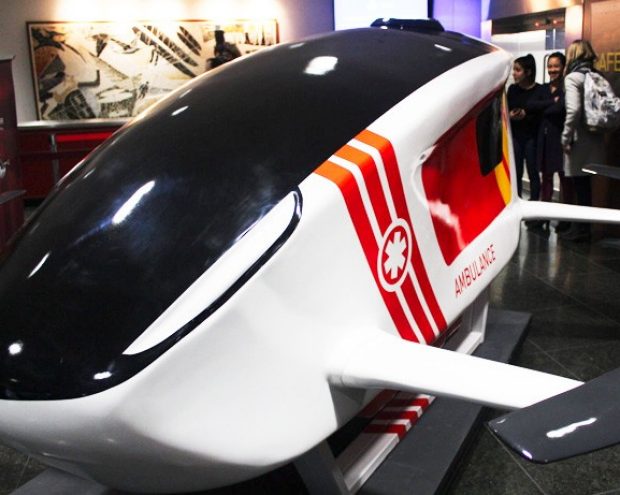
Ambular 2.0
Created by Concordia researchers and members of ICAO, the Ambular 2.0 implements remote control, autonomous driving, and AI technologies to send the nearest vehicle to an emergency location. It has space for a paramedic and one patient who can be treated en-route.
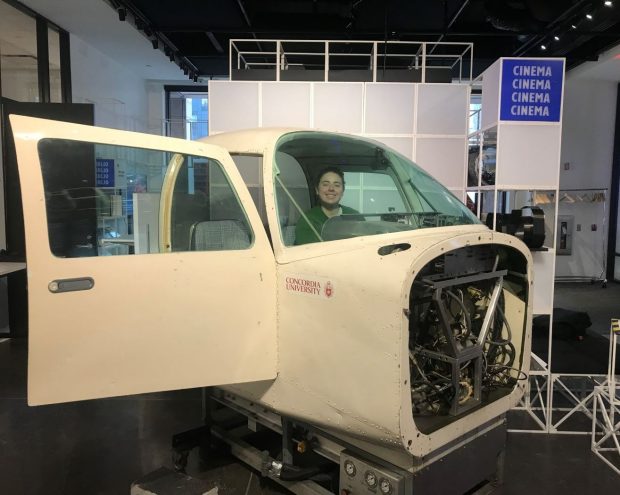
Beechcroft cockpit
This Beechcraft cockpit, courtesy of Professor Luis Rodrigues, PhD, was previously used as Concordia’s flight simulator.
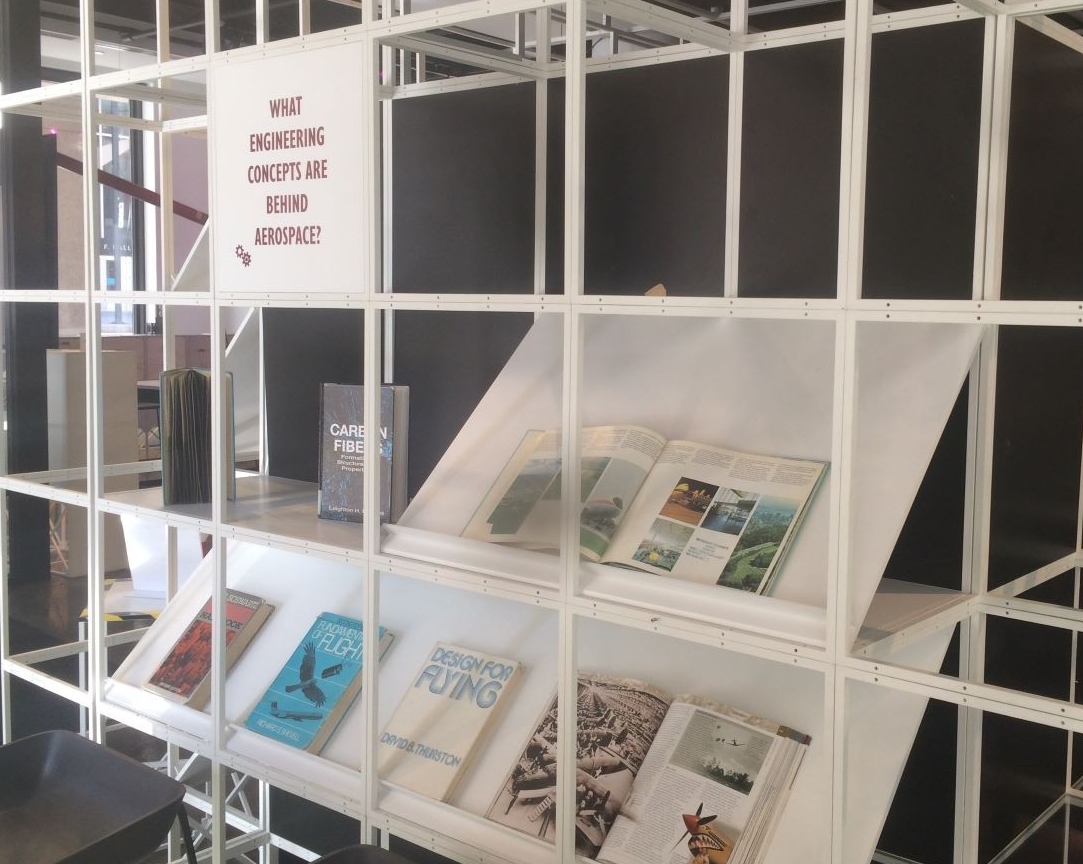
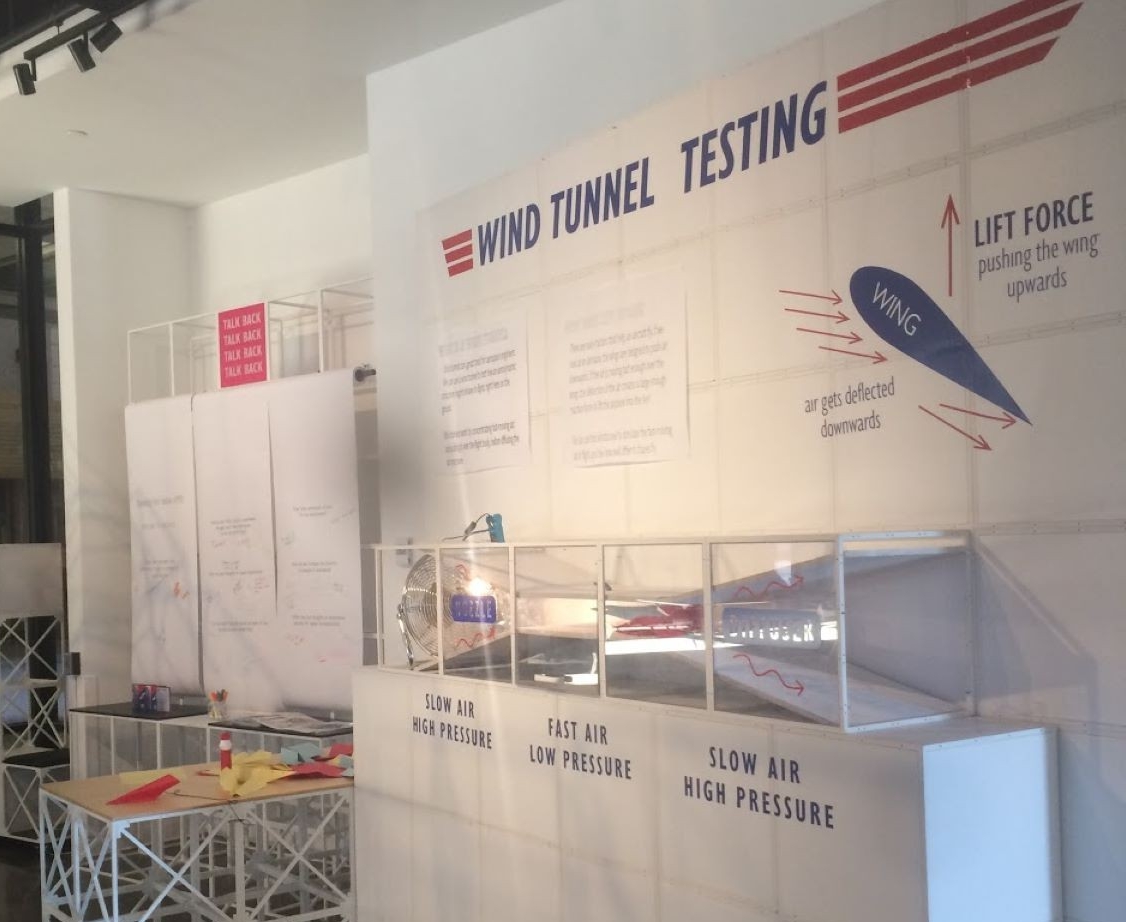
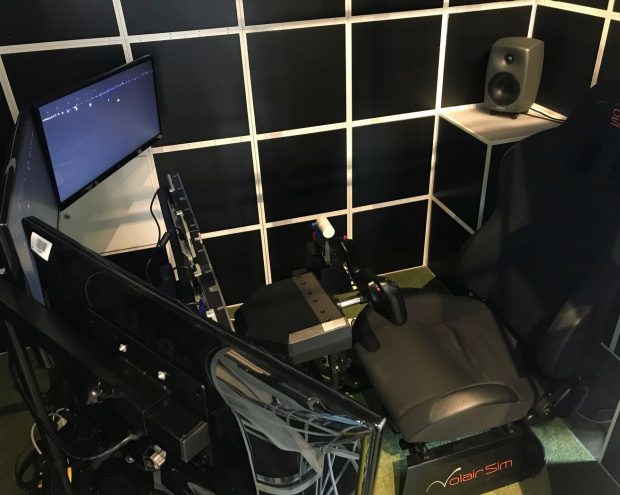
Flight simulator
Most simulators are standardized and cannot be altered for different arrangements of the cockpit. This simulator, built by Dr. Aaron Johnson (Associate Professor and Chair, Psychology) and Sam Clement-Coulson (MA candidate, Psychology), however, can be customized to test alternate arrangements of controls to see how the pilot reacts differently in each scenario.